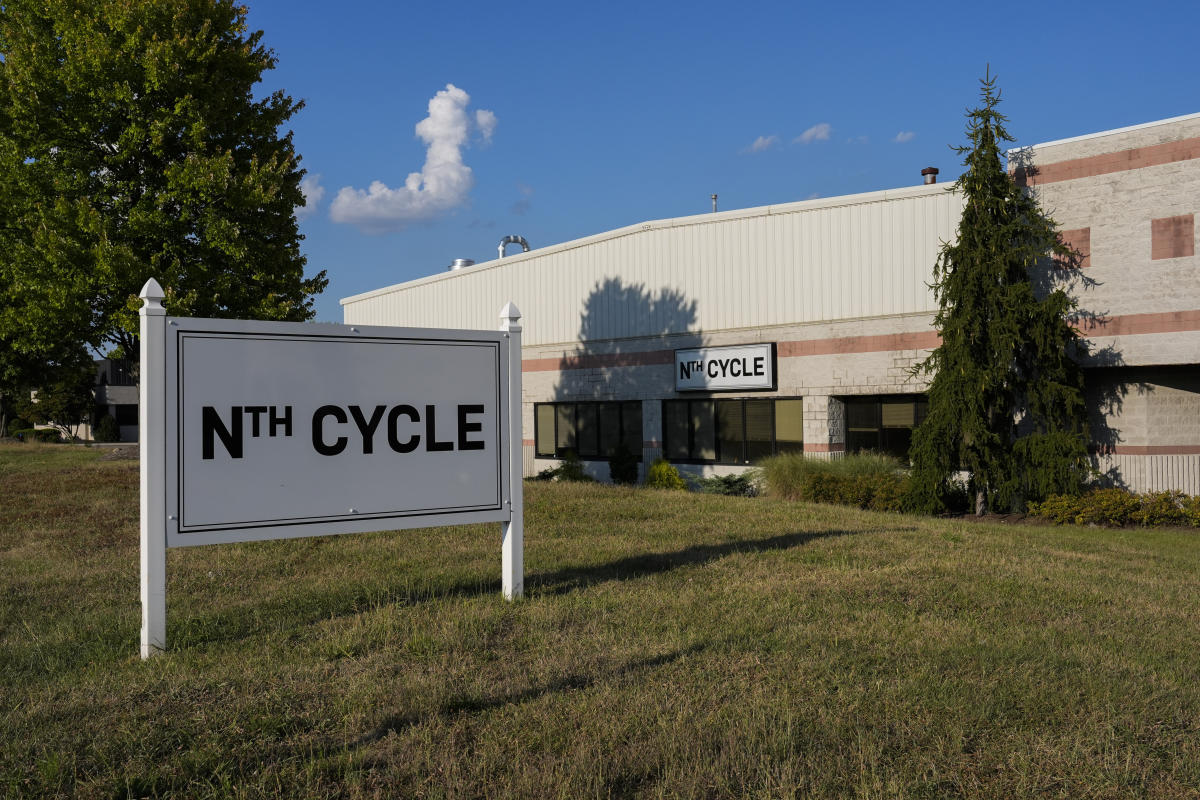On the night of September 17, 2024, sky-gazers around the world were treated to a partial lunar eclipse while the full harvest moon illuminated the sky. The moon reached its full phase at 10:35 p.m. ET, but it appeared full through the early hours of September 19, according to NASA.
The partial lunar eclipse was visible for about an hour on Tuesday evening. During this event, the moon seemed to have a “bite” taken out of it as Earth’s shadow partially obscured it. This type of eclipse occurs when Earth passes between the sun and the full moon but isn’t perfectly aligned. The eclipse was observable across Europe, Asia, Africa, and the Americas.
The moon entered Earth’s penumbral shadow at 10:13 p.m. ET and exited at 11:16 p.m. ET, with the peak of the eclipse occurring around 10:44 p.m. ET, as noted by NASA. Unlike a total lunar eclipse, which can turn the moon a striking red color—commonly known as a blood moon—this partial eclipse only caused a portion of the moon to darken. According to Noah Petro, a NASA project scientist, the eclipse might have been subtle, with only the top right part of the moon showing noticeable darkening.
September’s full moon is also one of the four consecutive supermoons in 2024. Supermoons are full moons that appear larger and brighter due to their closer proximity to Earth. The September full moon was about 222,637 miles (358,300 kilometers) from Earth, compared to the average distance of 238,900 miles (384,472 kilometers).
Additionally, Saturn was visible as a bright dot near the full moon. The harvest moon, occurring close to the autumnal equinox on September 22, is traditionally associated with the start of fall and was often seen as orange as it rose.


